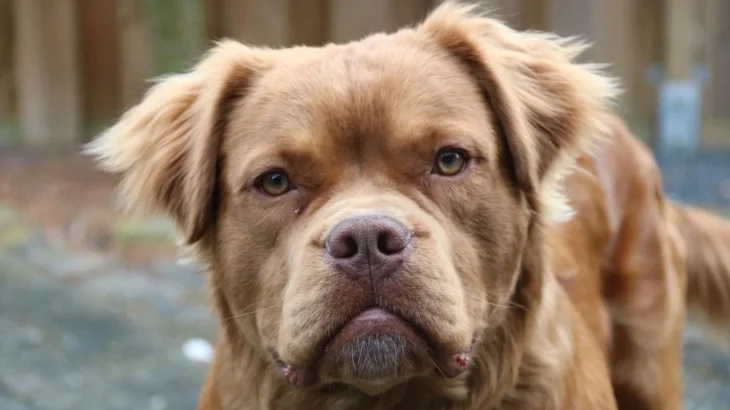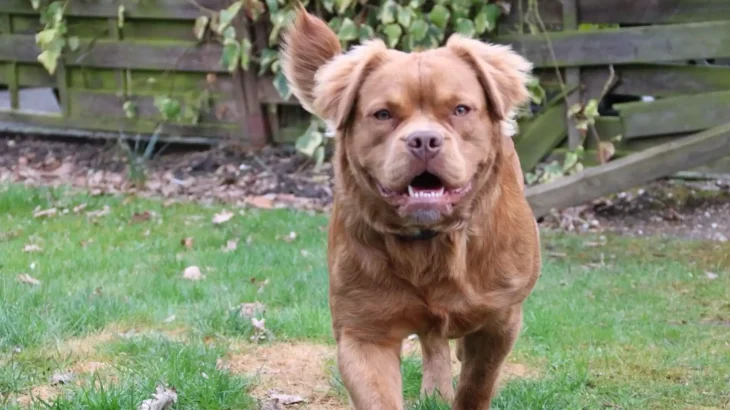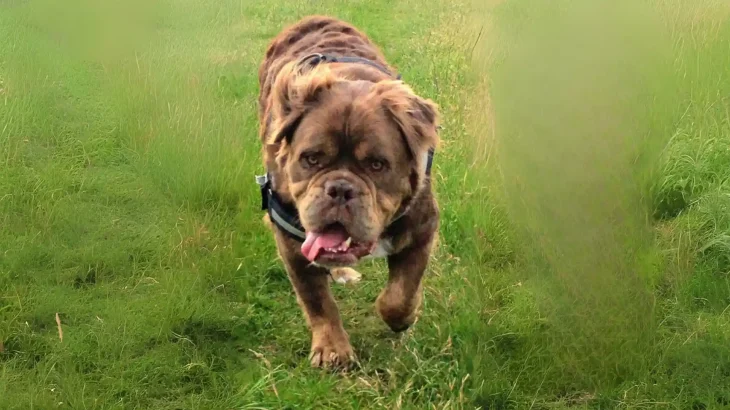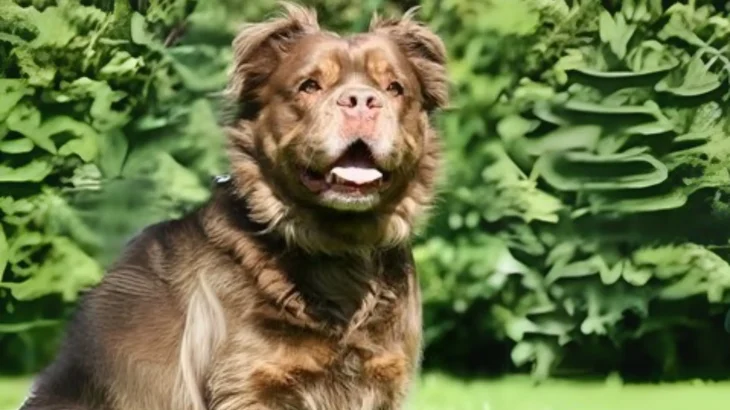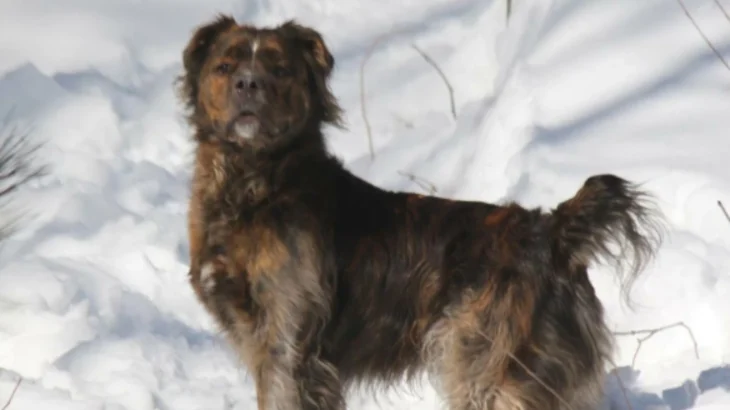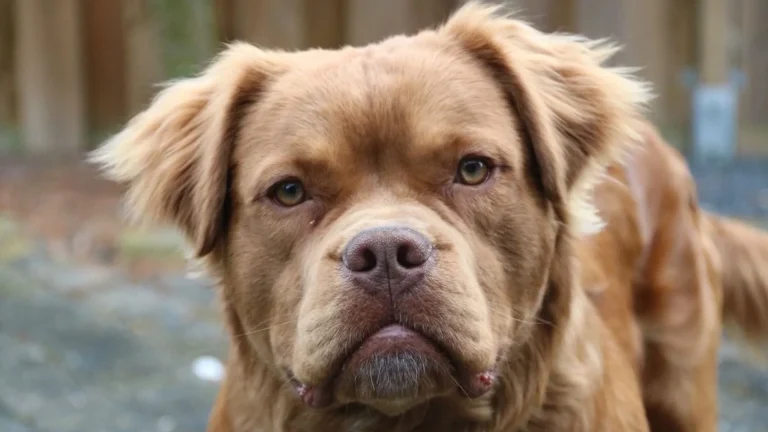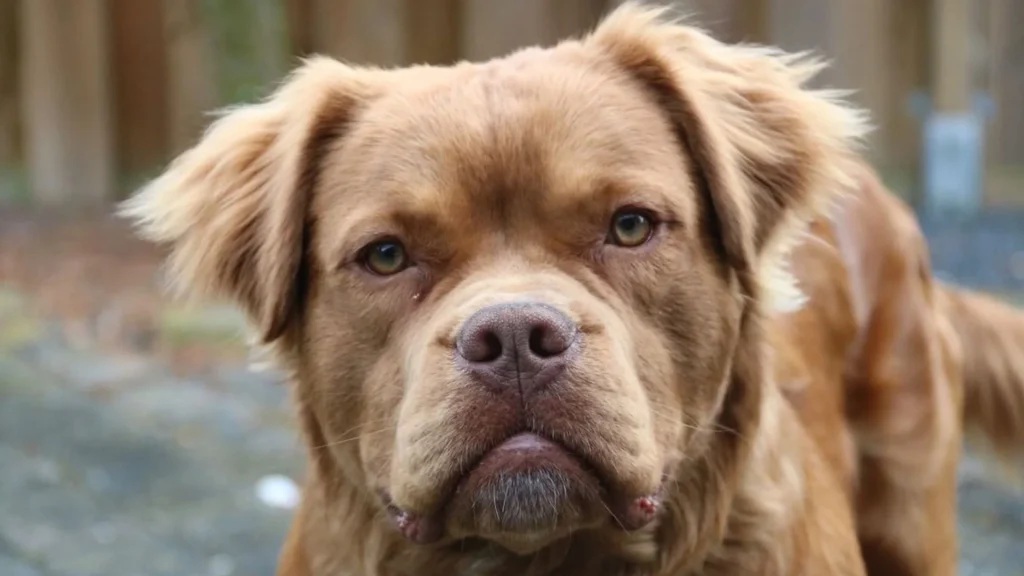When deciding whether to bring a Mammut Bulldog puppy into your home, you might weigh the benefits of purchasing from a breeder against adopting from a shelter or rescue. Each option offers unique advantages in terms of health history, cost, and ethical considerations that can influence your choice.
Adoption vs. Breeder: Pros & Cons
| Criteria | Buying from Breeder | Adopting from Shelter/Rescue |
|---|---|---|
| Cost | Generally higher initial cost reflecting breed purity and breeder care. | Lower fees, usually including basic vaccinations and spaying/neutering. |
| Health History | Comprehensive health records and screenings often provided. | May have limited or unknown health background; some shelter health checks done. |
| Age Availability | Predominantly puppies available, allowing early-life bonding. | Varied ages, including adult dogs, offering more immediate companionship. |
| Temperament Insight | Breeders offer insights into lineage temperament and behavior traits. | Shelter staff can share observed behavior; full temperament history may be unclear. |
| Supporting Practices | Supports responsible breeding programs when choosing ethical breeders. | Contributes to animal welfare by giving a home to a dog in need. |
| Ethical Considerations | Potential concerns about breeding practices; selecting reputable breeders is key. | Helps reduce shelter overpopulation and supports rescue efforts. |

